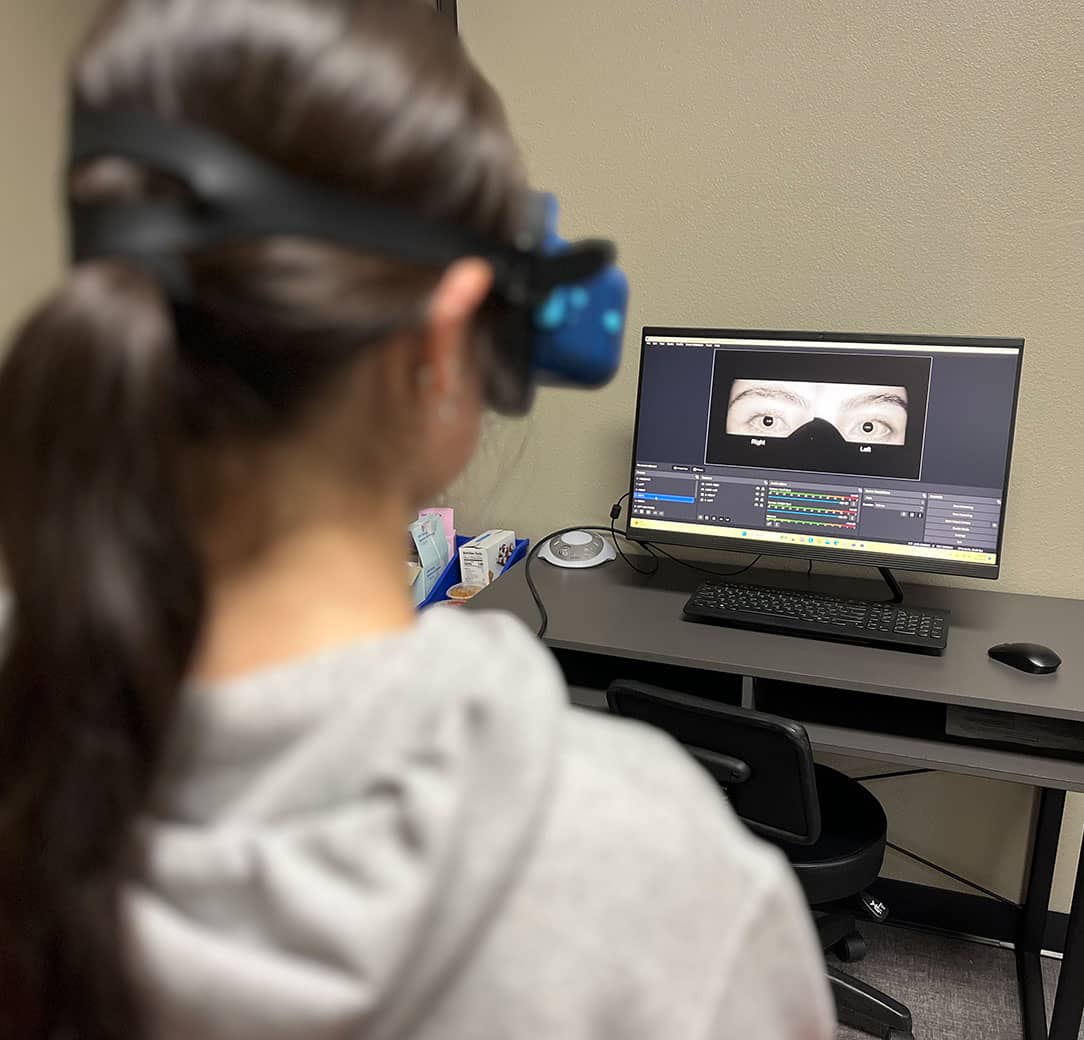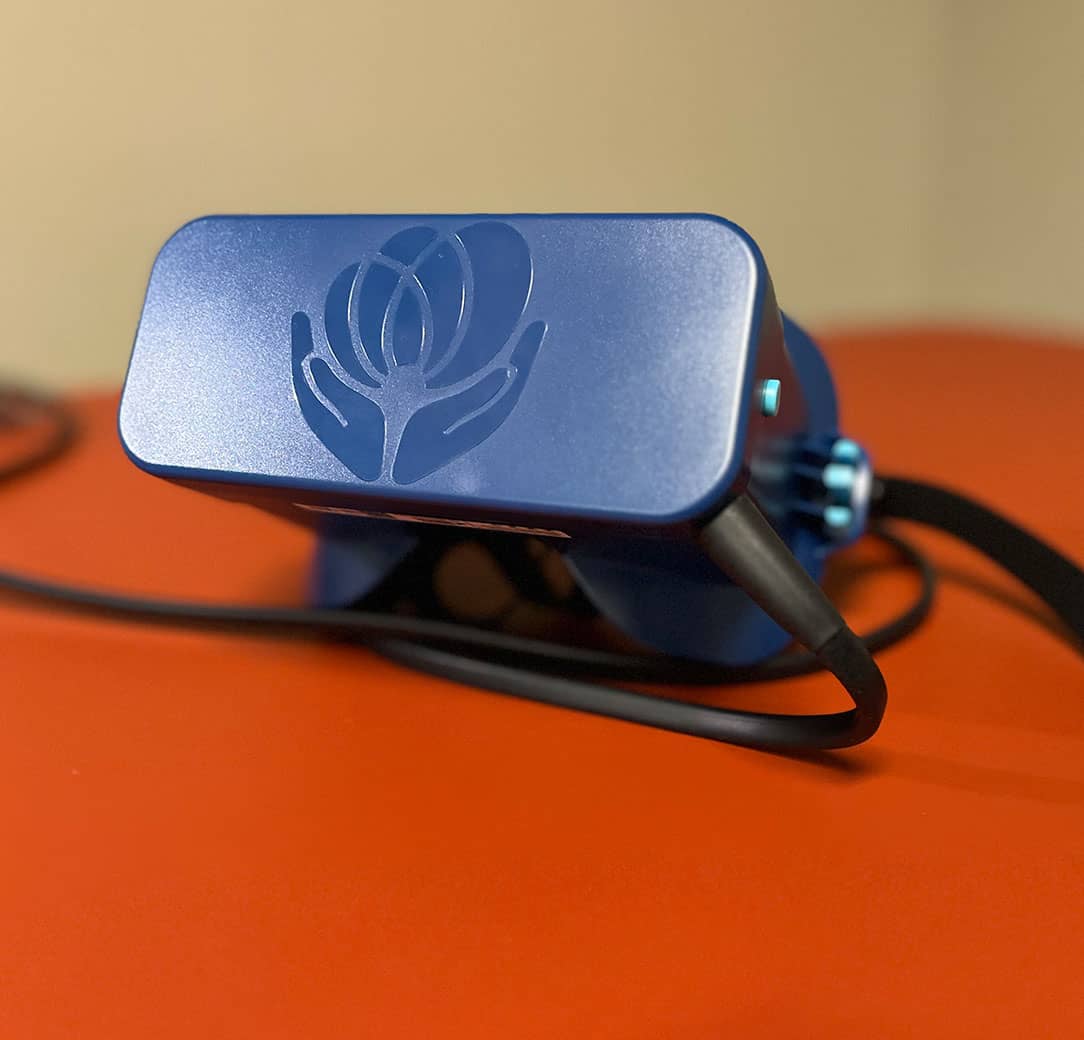Vestibular Rehabilitation Clinic for Montclair, CA
As a physical therapy clinic, we often work with patients who experience vestibular disorders. The vestibular system is responsible for providing us with a sense of balance and spatial orientation. When this system is not functioning properly, it can result in a variety of symptoms, including dizziness, vertigo, and imbalance.
Vestibular disorders can be caused by a variety of factors, including injury, infection, or degeneration of the vestibular system. Some common conditions that we see in our clinic include:
- Benign Paroxysmal Positional Vertigo (BPPV): This is a condition in which calcium crystals in the inner ear become dislodged and migrate into one of the semicircular canals. This can result in brief episodes of vertigo triggered by certain head movements.
- Vestibular Neuritis/Labyrinthitis: This is an infection of the inner ear that can cause dizziness, vertigo, and imbalance.
- Meniere's Disease: This is a disorder that affects the inner ear and can cause episodes of vertigo, tinnitus (ringing in the ears), and hearing loss.
- Concussion: Traumatic brain injuries, such as concussions, can also affect the vestibular system and result in symptoms such as dizziness and imbalance.
Vestibular dysfunction can have a significant impact on an individual's daily life. It can affect activities such as standing, walking, and driving, and can also lead to feelings of anxiety, fear, or depression.
Diagnosis of vestibular dysfunction typically involves a comprehensive evaluation by a healthcare professional, including a medical history, physical examination, and specialized tests to assess vestibular function.
At Strive PT & Wellness, we understand that vestibular disorders can greatly impact your quality of life. That's why we use the latest technology to provide accurate and comprehensive vestibular testing for our patients.
Our infrared goggles allow for objective measurement of eye movements in response to head movements, providing a more accurate assessment of your vestibular function. With our technology, we can quantify the extent of your vestibular dysfunction and tailor your treatment plan to your specific needs.
Our infrared goggles are also more sensitive than other methods of measuring eye movements, allowing us to detect even subtle vestibular dysfunctions that may not be detectable with other methods. Plus, with real-time feedback, we can ensure the most accurate and reliable results possible.
Choosing Strive PT & Wellness means choosing the most advanced technology and specialized care for your vestibular health. Our experienced healthcare professionals will guide you through the testing process and work with you to develop an individualized treatment plan to address your specific needs.
Treatment for vestibular dysfunction typically involves vestibular rehabilitation therapy, which is a type of physical therapy that focuses on improving balance and reducing symptoms of dizziness and unsteadiness. Other treatments may include medications, lifestyle modifications, or surgery in severe cases.
Vestibular Dysfunction: Understanding Physical Therapy's Role
The vestibular system is a complex network of structures responsible for regulating balance and spatial orientation. When this system is not functioning properly, it can lead to a condition known as vestibular dysfunction, causing symptoms such as dizziness, vertigo, unsteadiness, and disorientation.
Fortunately, physical therapy plays a crucial role in the treatment of vestibular dysfunction. Vestibular rehabilitation therapy (VRT) is a specialized type of physical therapy that helps individuals improve their balance and reduce symptoms of dizziness and unsteadiness.
What is VRT and How Does it Work?
VRT is a type of physical therapy that focuses on retraining the vestibular system and improving balance. Physical therapists use a combination of exercises and techniques to achieve these goals, including:
- Gaze stabilization exercises: These exercises involve tracking moving objects with the eyes to improve balance and reduce dizziness.
- Habituation exercises: These exercises help the brain become habituated to stimuli that previously caused dizziness, reducing symptoms over time.
- Balance and postural training exercises: These exercises help improve balance and reduce the risk of falls by strengthening the muscles that support the body and improving coordination.
- Gait training: These exercises help individuals with vestibular dysfunction improve their walking and ability to navigate their environment.
See A Vestibular Rehab Specialist at Strive PT & Wellness
Our Physical Therapists have extensive training and experience in their field, which allows them to provide a high level of care to their patients. We have the knowledge and skills needed to diagnose and treat complex conditions and provide the best possible outcomes. We create individualized treatment plans for each of our patients, taking into consideration their medical history, symptoms, and current abilities. Our use of the latest techniques and technologies, combined with our focus on outcomes, allows us to provide the highest level of care. Choosing a specialist in therapy can greatly improve treatment outcomes and provide the level of care that every individual deserves.
If you or someone you know is experiencing symptoms of vestibular dysfunction, it is important to seek prompt evaluation and treatment from a healthcare professional. VRT can help individuals with vestibular dysfunction reduce symptoms and improve their balance, allowing them to live a full and active life.
Schedule And AppointmentGet Started With Us Today
Strive PT & Wellness has invested in some of the most unique and adaptive equipment on the market to help patients recover and improve their lives. Call Strive now to start your personal journey.
Gret A Free Quote



